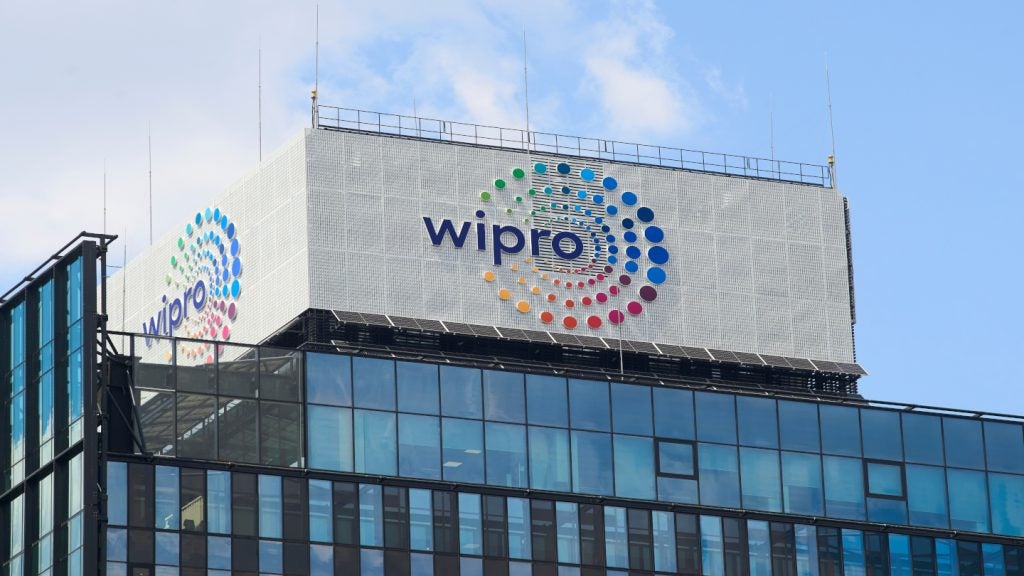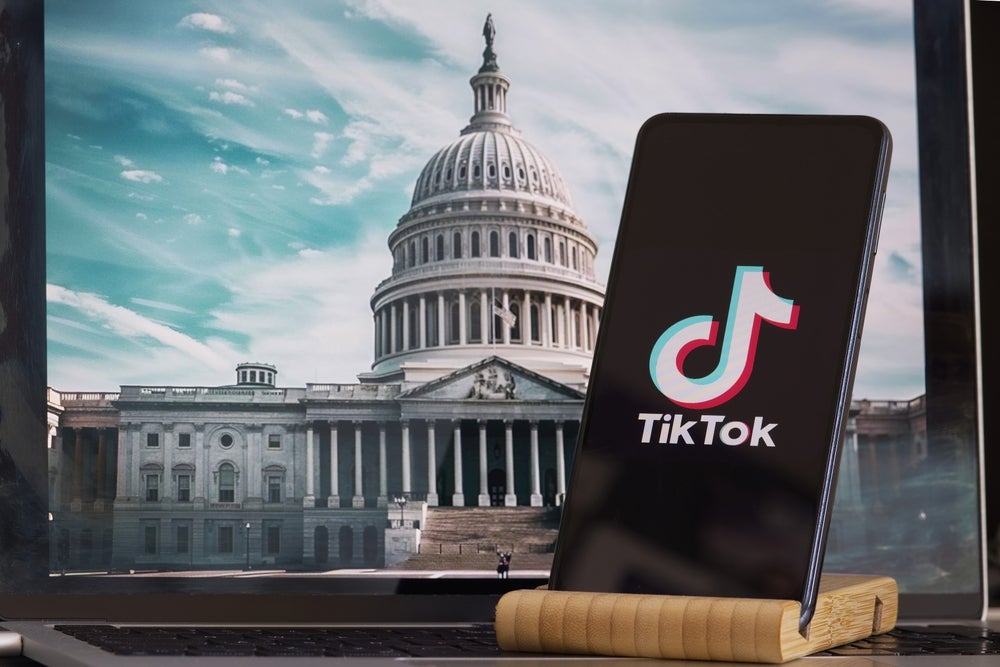Internet TV will be the single most important technology theme driving earnings in the film and TV industry over the next two years. Two factors will determine success in the internet TV market: a strong user interface (UI) and a large back catalogue of popular content. Netflix the market leader in UI, whilst Disney has started to compete with its content dominance.
Listed below are the key technology trends impacting the internet TV sector, as identified by GlobalData.
Cord-cutting
Consumers are increasingly cancelling their satellite and cable TV subscriptions in favour of internet TV platforms. The number of cable subscribers in North America has fallen from 58 million in 2016 to 52 million in 2020, according to GlobalData figures. OTT TV services were the main driving force behind this so-called cord-cutting. GlobalData estimates that the number of SVOD accounts worldwide will hit 1.1 billion in 2020, overtaking traditional TV accounts.
Falling broadcast ad revenues
Covid-19 has reduced demand for TV advertising as brands are hesitant to burn limited cash, and ad effectiveness is waning with people unable to consume during the global lockdown necessitated by Covid-19.
Content wars
The increasing segmentation of the internet TV market has led to a scramble for content. The cost of licensing content is rising. For example, Netflix were forced to pay $100m to acquire non-exclusive worldwide streaming rights for Friends in 2019, up from $30m the previous year. This has led OTT TV platforms to focus primarily on creating their own content. Netflix kicked off this trend by commissioning House of Cards back in 2013. Today, all major OTT TV platforms commission their own in-house content. Amazon and Apple spent $6bn each on content in 2019, and these figures are expected to rise as firms battle to remain competitive.
Ad-based video (AVOD)
AVOD is gaining traction across the globe. In Asia, AVOD is the dominant form of streaming, with more than one billion people using an AVOD service. The market is dominated by iQiyi, Alibaba’s Youku, and Tencent Video in China, and Disney’s Hotstar in India. Deloitte estimates ad revenue for OTT TV platforms will generate $32bn in 2020. Some OTT TV platforms are also using AVOD to build huge user-bases with free content and then offering premium packages. This model will shift over to Western markets, where Pluto TV and Roku Channel already offer free ad supported streaming.
Short-form video
There has been a rise in the popularity of short-form video in recent years, driven by mobile consumption. This is indicative of a cultural shift in consumption habits. Short-form video apps provide content such as music videos, news clips, or user-generated content that last up to 10 minutes. ByteDance’s TikTok leads this market, having gained more than 500 million monthly active users (MAUs) since its release in 2016. Snap, Instagram, Facebook, and Twitter are also leaders in this market.
How well do you really know your competitors?
Access the most comprehensive Company Profiles on the market, powered by GlobalData. Save hours of research. Gain competitive edge.

Thank you!
Your download email will arrive shortly
Not ready to buy yet? Download a free sample
We are confident about the unique quality of our Company Profiles. However, we want you to make the most beneficial decision for your business, so we offer a free sample that you can download by submitting the below form
By GlobalDataWhilst short-form video apps are not direct rivals of internet TV firms, they compete for consumer’s screen time. There is a segment of consumers that will typically prefer to watch a string of short-form videos as opposed to an episode of a show on an OTT TV platform. It is unlikely, however, that OTT TV platforms will provide short-form content, or move into the long-form OTT TV market. Blurring the lines between the two sides is Quibi.
Artificial intelligence (AI)
AI is helping the entertainment industry cater to consumer needs by analysing data to predict user behaviour. These predictions allow services to provide customers with a more personalised experience. For example, Netflix uses machine learning to tailor viewing recommendations to individual users. For those OTT TV services that are unable to develop such tools internally, there are off the-shelf tools such as Amazon Kinesis that allow companies to draw on data insights without having to build the infrastructure themselves.
Conversational platforms
Voice-activated digital assistants are becoming more relevant to the TV industry. This will change the way viewers interact with their TV. TV sets will get more sophisticated voice controls in 2020. Google Assistant and Amazon’s Alexa are commonly used as search tools for internet TV, and we expect their use to grow further. Apple has also incorporated voice search into its Apple TV remote.
5G
Uptake of 5G will gather pace over the next few years, with GlobalData forecasting that there will be 1.9 billion 5G mobile subscriptions by 2024, up from just 16.5 million in 2019. In its 5G trials, Deutsche Telekom achieved speeds of up to 10 gigabits per second (Gbps), the equivalent of downloading an entire uncompressed DVD in just four seconds. Growth in streaming over 5G is likely to be realised in markets that are heavily tilted toward mobile viewing, such as China and India.
Software as a service (SaaS)
SaaS is becoming increasingly important for OTT TV firms. This is because adaptability and scalability are absolute necessities as providers look for quick deployments, reduced costs, and fewer complexities associated with hardware. Cloud providers like Microsoft Azure and Amazon Web Services (AWS) have become important players in this field. All major players in the OTT TV market will need access to a leading cloud platform to succeed.
Audience measurement
Audience measurement solutions are becoming more sophisticated, to cope with the fragmentation of content delivery over different devices. Cross-platform measurement solutions are essential to accurately track audiences for OTT TV. Nielsen, the market leader in audience measurement, is tailoring its products to different platforms. Adobe has also been improving its position in this market by allowing its customers easier access to real-time data. comScore has also introduced its OTT Intelligence services, which is designed to measure cross-platform OTT TV usage.
This is an edited extract from the Internet TV – Thematic Research report produced by GlobalData Thematic Research.









Related Company Profiles
Amazon Web Services Inc
comScore Inc
Nielsen Holdings plc
Deutsche Telekom AG
Amazon.com Inc